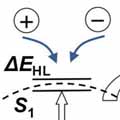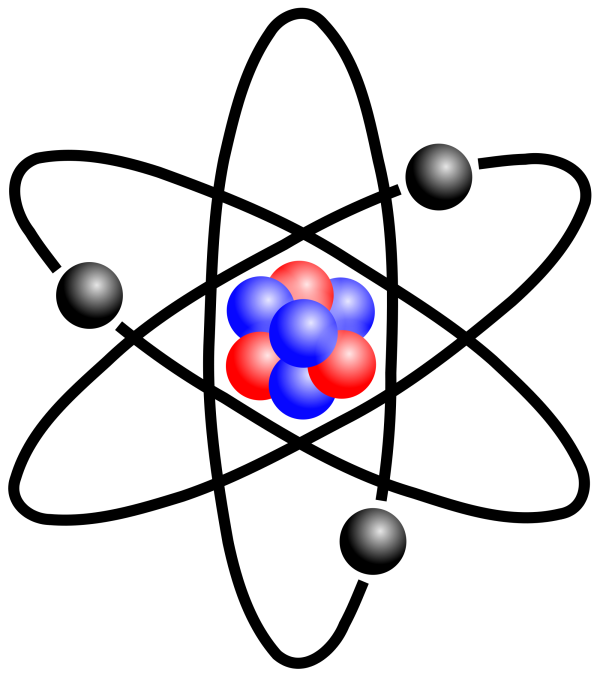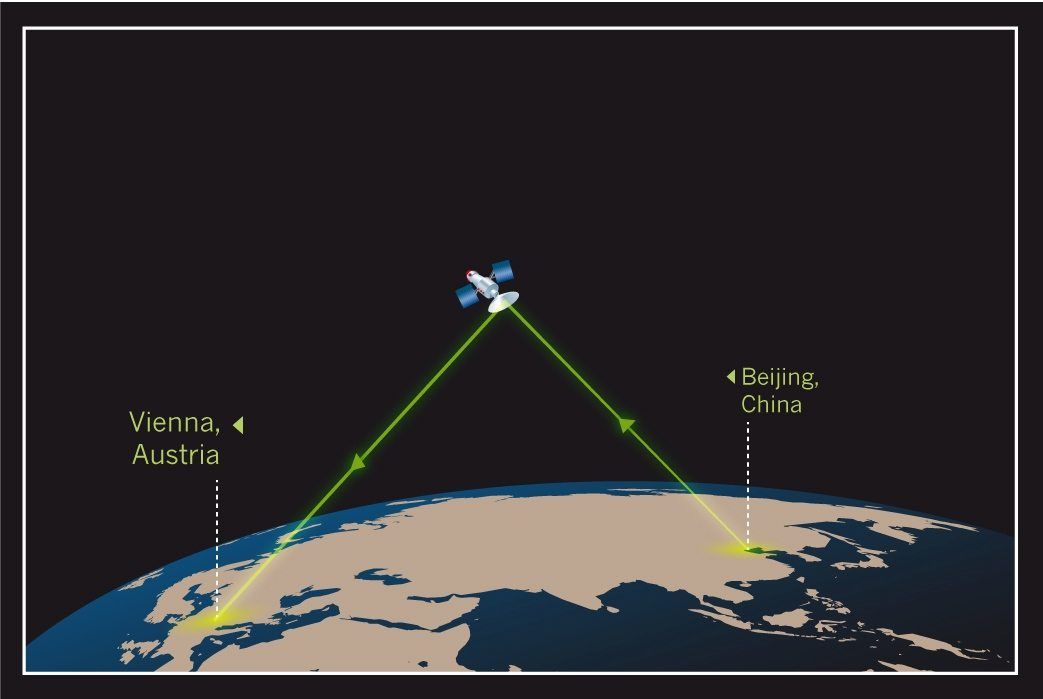
A novel device architecture is used to simultaneously achieve extremely high internal quantum efficiencies, low drive voltages, and long lifetimes, at practical luminance levels.

An LED with an emissive organic thin film sandwiched between the anode and cathode is known as an organic-LED (OLED). The emission mechanism of an OLED is superficially similar to that of a standard LED, i.e., holes and electrons are injected from the anode and cathode, respectively, and these carriers recombine to form excited states (excitons) that lead to light emission.1 In recent years, smartphones and TVs with OLED displays have rapidly become widespread because OLEDs provide high contrast, a wide color gamut, light weight, thinness, and flexibility for the displays. OLEDs also have great potential for the creation of new lighting applications.2 The high power consumption and short lifetime of OLEDs, however, remain key issues.
Continue reading “Organic LEDs with low power consumption and long lifetimes” »

















